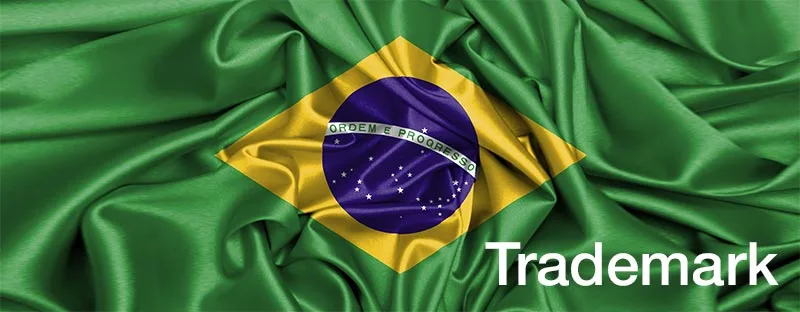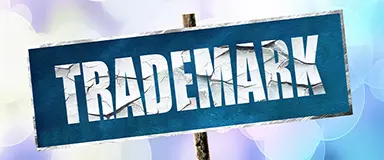Complete step-by-step guide to registering a trademark with the USPTO in 2025. Learn filing requirements, costs ($350 base fee), timelines (12-18 months), and maintenance requirements.
Filing for a Trademark in Brazil – The 4 Step Process
Written by Emily Brooks ·

Brazil has the biggest economy in South America and ranks in the top 10 economies worldwide. That makes it a terrific place to begin a business, and a large part of setting up a successful company in Brazil is to secure trademarks for your company’s name, logo, product names, and so on.
So how is this done? Read on for our step-by-step guide to filing for trademarks in Brazil.
Step 1. Create the Content You Want to Trademark
Obviously, you can’t start a trademark application without having something you want to trademark. So the first step is to create your content, which might be your company’s name, its logo, a slogan, or the names and descriptions of products that you wish to protect.
You’ll want to be creative here. It’s hard in any country – including Brazil – to obtain trademark protections for names or ideas that are vague or generic. So, be detailed. Think outside the box and ensure your names, logos and other ideas are distinct, relevant to your audience, and clear.
Try to avoid typical trademark no-nos, like names which might cause confusion among your customers (or the wider public); names that are needlessly descriptive or generic; names that make deceptive or unrealistic claims; and the use of offensive language or prohibited terms.
Step 2. Do Your Research to Avoid Any Clashes, Confusion, or Challenges
Once you have some intellectual property (IP) for which you wish to secure trademark protections, you’re almost at the application stage. But first, it’s worth taking some time to search and confirm that the names you wish to register aren’t already taken.
It’s quite common for businesses to waste time and money filing for trademarks, only to have them rejected because they’re identical or too similar to marks that exist already. So take a look through the official INPI (National Institute of Industrial Property) database before making your application.
Step 3. Fill Out and Submit the Application Paperwork
When you’re comfortable and confident that your trademarks are valid, it’s time to submit the forms. You have two options for this process – online or in-person.
For online filing, you can use the official e-filing system. Just register on the system, pay the admin fee, file the admin fee form, and then fill out the details on the e-Marcas platform. You’ll also be asked to attach certain documentation to support your application.
For in-person filings, you can download and print off a paper form from the INPI site, then deliver it yourself to an INPI branch or the official HQ location in Rio de Janeiro.
Step 4. Wait for the Process to Complete and Pay the Fee Upon Approval
Once the forms have been filled out and submitted, it then becomes a waiting game while the INPI conducts certain checks and procedures.
They will:
- Check your application and documentation for any errors or inconsistencies, like the admin fee not being paid properly or a supporting document not being provided. If any problems are identified, they’ll let you know and give you chance to fix it.
- Publish an announcement of the trademark application and give any third parties (like existing businesses) the opportunity to submit their opposition or challenges.
- Provided no challenges are made, the INPI will then examine your trademark proposal more closely to look for any possible clashes or problems, like names that are overly generic or lack distinction. If they find any such problems, again, they’ll let you know and give you time to respond.
If it passes all the checks, your application will be successful and you’ll be issued a registration certificate, subject to payment of the appropriate fee. You’ll be alerted about this and given a period of up to 60 days to make the payment. Once that’s done, you’ll receive a certificate to show that your trademark is registered and that you’re the official holder.
Start Your Trademark Registration Today
There you have it – the full trademark registration process in Brazil. As you can see, it’s a bit complicated and can take quite a bit of time – up to 12 months in some cases. But if you follow the steps or seek help from professionals along the way, you shouldn’t have much trouble getting your IP trademarked and protected in Brazil.


